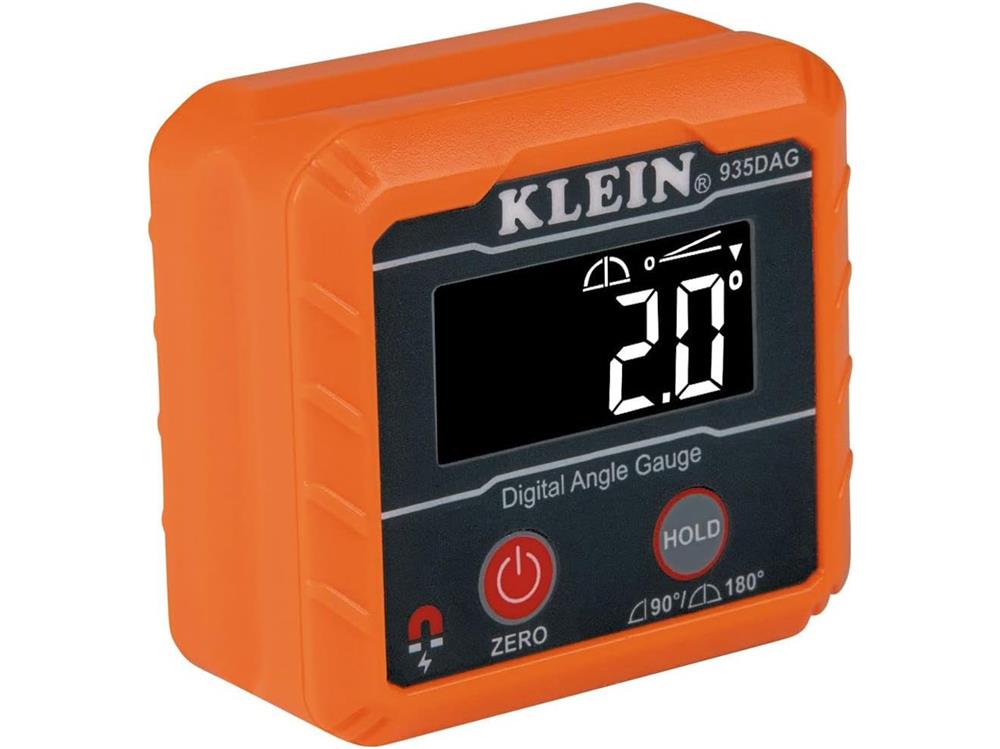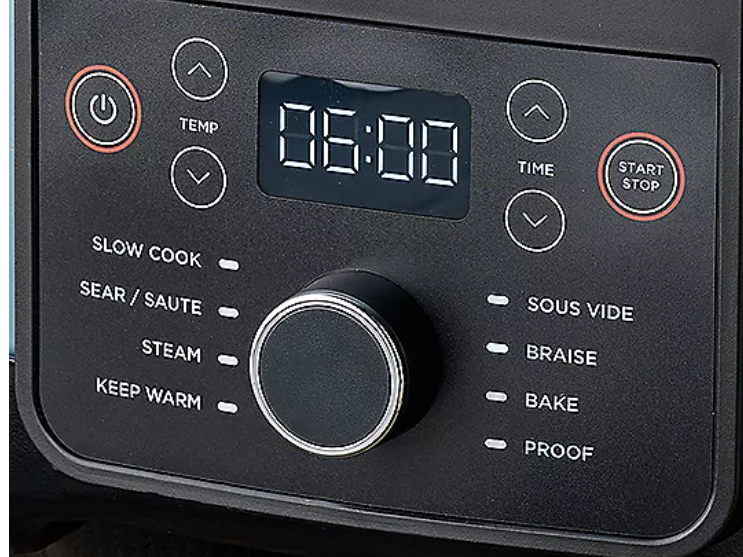Membrane switches and membrane panels are widely used in a variety of electronic products and mechanical equipment. Through a simple touch or press, they achieve the operation and control functions of the equipment, improving the stability of the product and the convenience of operation. They are commonly used in electronic products, household appliances, medical equipment, automobiles, industrial equipment, security equipment, gaming equipment, and other products.
Membrane switches can be used in the following products
Home Appliances: Membrane switches and panels are commonly used to control various functions and settings on home appliances such as microwave ovens, washing machines, air conditioners, and refrigerators.
Medical equipment: such as thermometers and sphygmomanometers, utilize membrane switches and panels to control various operations and parameters of the equipment.
Automobiles and vehicles: Membrane switches and panels are commonly used in automobiles, motorbikes, bicycles and other vehicles for in-vehicle control systems, audio systems and so on.
Industrial equipment: Membrane switches and panels are utilized for operational control and monitoring functions in industrial automation equipment, robots, control panels, and other applications.
Electronics: Membrane switches and panels are used to operate keypads, touchpads, and other components in electronic products like mobile phones, tablets, and computers.
Security equipment: Security equipment such as access control systems and video surveillance equipment are commonly used. Membrane switches and panels are utilized to control equipment start/stop and functional operations.
Gaming equipment: Membrane switches and panels are utilized for controlling and operating games in entertainment devices like game consoles and gamepads.
There are differences between the installation of membrane switches and traditional mechanical switches in terms of installation methods and features.
Installation method:
Membrane Switches: Membrane switches are usually attached to the surface of a device using adhesive tape. This tape adheres to the device's surface due to the thin, flexible structure of the membrane switch, eliminating the need for additional mounting holes or screws.
Conventional Mechanical Switches: Conventional mechanical switches typically need to be mounted on the equipment using mounting holes or fixing screws, which necessitates specific processing and fixing equipment.
Modus operandi:
Membrane switches: Membrane switches are operated by touch or pressure, featuring sensitive triggering and easy operation that can be achieved by lightly pressing with a finger.
Traditional Mechanical Switches: Traditional mechanical switches require operation through physical buttons or switches that must be pressed or toggled with force to activate or deactivate the function.
Structural features:
Membrane switches: Membrane switches are thin and flexible, making them suitable for curved or shaped surfaces, and they have a cleaner and more aesthetic appearance.
Conventional Mechanical Switches: Conventional mechanical switches are relatively complex, often requiring additional operating components and brackets, limited mounting locations, and a bulky appearance.
Life and Stability:
Membrane switches: Membrane switches have a longer lifespan and greater stability compared to other types of switches. This is attributed to the lack of mechanical contact parts, their strong resistance to vibration and pressure, and their extended service life.
Conventional Mechanical Switches: Conventional mechanical switches have mechanical contacts and are susceptible to factors that can cause wear and tear and malfunction, resulting in a relatively short service life.
While membrane switches differ from traditional mechanical switches in terms of installation methods and features, each type has its own applicable scenarios and advantages. The choice of switch type should be based on product design needs and functional requirements. There are several differences between membrane switches and traditional mechanical switches in terms of function, primarily including
Modus operandi:
Membrane Switches: Membrane switches are operated by lightly touching or pressing the panel, eliminating the need for physical buttons or switches, making operation lighter and more responsive.
Conventional Mechanical Switches: Conventional mechanical switches are operated by physical buttons or switches that require pressing or toggling with force, making them relatively laborious to operate.
Approach to feedback:
Membrane switches: Membrane switches typically do not provide clear mechanical feedback during operation, with the operational status usually indicated by audible prompts or backlighting.
Conventional Mechanical Switches: Conventional mechanical switches typically provide significant mechanical impact feedback, allowing the user to feel the force applied when pressing the button or switch.
Design of Appearance:
Membrane switches: Membrane switches can be flexibly designed in terms of shape and pattern, making them suitable for a variety of curved surfaces or shaped devices. Their appearance is simple and beautiful.
Traditional Mechanical Switches: Traditional mechanical switches typically have a conventional appearance, often in the form of physical buttons or switches, and feature a relatively simple design.
Durability and Maintenance:
Membrane switches: Membrane switches have a long service life and do not require routine maintenance due to the absence of mechanical contact parts.
Corrected version:
Conventional Mechanical Switches: Conventional mechanical switches have mechanical contact parts that are prone to wear and contamination, necessitating regular cleaning and maintenance.
Dimensions and weight:
Membrane switches: Due to their simple structure, they are smaller in size and lighter in weight, making them suitable for product designs where space is limited.
Conventional Mechanical Switches: Conventional mechanical switches are relatively complex in structure, larger in size and weight, and occupy more space.
In summary, membrane switches and traditional mechanical switches have distinct differences in function. Choosing the appropriate type of switch should be based on product design requirements and user experience considerations.
When installing membrane switches and membrane panels, the following steps are typically followed
Preparation: Verify that the size, shape, and mounting requirements of the equipment and membrane switches/film panels align with each other.
Determine the position: Based on the equipment design and functional requirements, identify the installation location for membrane switches and membrane panels to ensure ease of operation and aesthetic appeal.
Mounting the Membrane Switch: Remove the protective film from the back of the membrane switch and align it with a predetermined position on the membrane panel or the surface of the device. Ensure that the membrane switch is properly aligned with the position of the membrane panel.
Compact mounting: Use your fingers or a soft cloth to press the membrane panels and membrane switches firmly onto the surface of the device to ensure a perfect fit, avoiding any gaps or air bubbles.
Installation Instructions: Carefully position the membrane switch on the device surface in the designated location as determined, then press with a finger or soft cloth to ensure a secure fit.
Eliminate air bubbles: In the process of pasting, pay attention to eliminate air bubbles, you can use a soft cloth or card to gently squeeze the surface of the membrane switch, so that its surface is flat, to ensure that the paste effect is good.
Test procedure: After the installation is complete, conduct a functional test to confirm the proper operation of the membrane switches and panels. Verify that the switches respond sensitively and accurately to triggering and pressing.
Detailing: Remove any glue or dirt residue that may have been left behind during the installation process to achieve a clean and tidy overall appearance.
By following these steps, you can successfully install membrane switches and panels on the surface of your equipment, enhancing both functionality and aesthetics.
Therefore, the ease of installation of membrane switches is primarily reflected in their high flexibility, easy installation methods, minimal space requirements, ease of replacement and maintenance, strong customization options, and seamless integration. These factors provide a clear advantage in the product design and manufacturing process.





